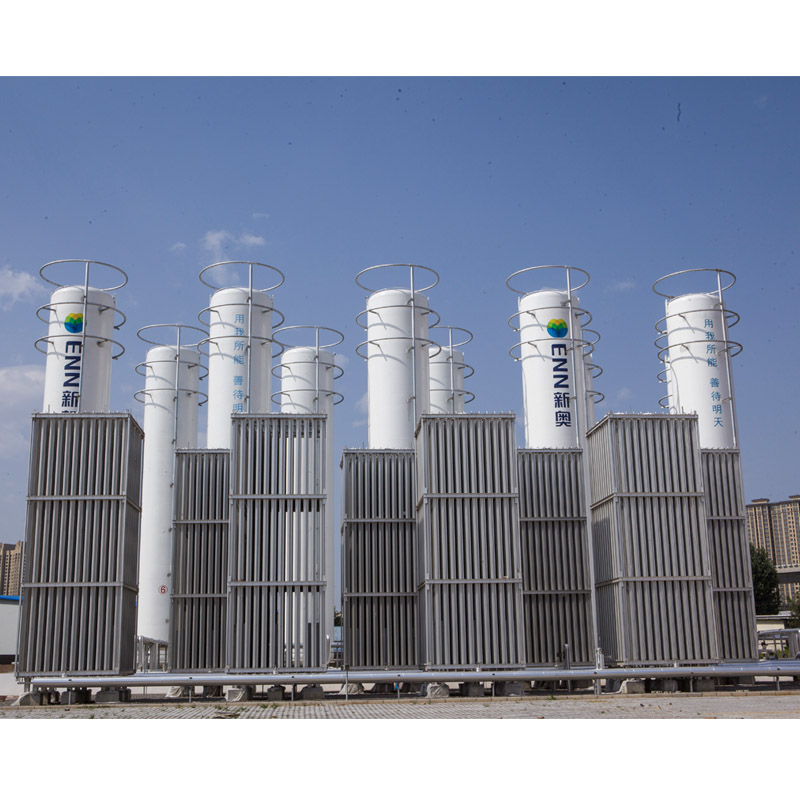
Dec . 04, 2024 18:21
Back to list
محطة تخفيض ضغط الغاز الطبيعي
Natural Gas Pressure Reduction Station An Essential Component of Energy Infrastructure
Natural gas has become an increasingly important energy source across the globe, utilized in heating, electricity generation, and as a feedstock for various industrial processes. As demand for natural gas surges, so does the need for effective infrastructure to manage its distribution and ensure safety throughout the supply chain. One critical element of this infrastructure is the Natural Gas Pressure Reduction Station (PRD).
Understanding Natural Gas Pressure Reduction Stations
A Natural Gas Pressure Reduction Station is designed to manage and regulate the pressure of natural gas as it is transported through pipelines. Natural gas is delivered to consumers at a much higher pressure than what is safe or suitable for use in homes or businesses. Therefore, PRDs play a vital role in lowering this pressure to a safe level before the gas enters local distribution systems.
These stations are strategically located along the natural gas transmission pipeline network, ensuring that gas can be efficiently delivered to various regions while maintaining safety standards. A PRD typically includes several components such as pressure regulators, flow measurement devices, safety valves, and odorization systems to ensure that the gas is delivered safely and at the required pressure.
How Does a Pressure Reduction Station Work?
When natural gas is transported from production areas through high-pressure transmission pipelines, it often travels at pressures ranging from 200 to 1,500 psi (pounds per square inch). This high pressure is necessary to ensure the efficient movement of gas over long distances. However, when the gas reaches a PRD, it must be depressurized for end-use.
Once the gas enters the PRD, it is first measured using flow meters to monitor the amount of gas being processed. Next, the pressure is reduced using a series of pressure regulators that can step down the gas to the desired lower pressure, typically between 2 to 60 psi, depending on local requirements. This adjustment must be done with precision to avoid fluctuations that could affect supply reliability.
.
Importance and Benefits of Pressure Reduction Stations
محطة تخفيض ضغط الغاز الطبيعي

The significance of Natural Gas Pressure Reduction Stations cannot be overstated. They serve multiple essential functions in the spectrum of energy distribution
1. Safety By reducing high-pressure gas to safe levels, PRDs protect both infrastructure and individuals from accidents related to high-pressure systems.
2. Capacity Management PRDs facilitate the effective distribution of gas, allowing utility companies to manage supply according to varying demand levels throughout different times of the day or year.
3. Operational Efficiency With the appropriate pressure, appliances and equipment can operate more efficiently, maximizing energy use and minimizing waste.
4. Environmental Impact The controlled delivery of natural gas through PRDs can lead to reduced emissions, as systems can operate at optimal levels, reducing the risk of leakage and associated environmental concerns.
Future Trends and Innovations
As the global energy landscape continues to evolve, the design and technological integration of Natural Gas Pressure Reduction Stations are also advancing. Innovations in automation and monitoring technology are enhancing the operational capabilities of PRDs. Smart sensors and real-time data analytics allow for remote monitoring of pressure levels and automatic adjustments to ensure optimal performance. Furthermore, as renewable energy sources gain prominence, PRDs may also play a role in the integration of biogas and hydrogen into existing natural gas infrastructure.
Conclusion
In conclusion, Natural Gas Pressure Reduction Stations are crucial components of the natural gas distribution network, ensuring that high-pressure gas can be safely and efficiently delivered to consumers. Their importance in ensuring safety, operational efficiency, and environmental stewardship cannot be overlooked. As technology continues to advance, PRDs will likely become even more integral to a sustainable energy future. By maintaining robust and efficient pressure reduction systems, we not only enhance our energy security but also contribute to a cleaner and more sustainable world.
Next:
Latest news
-
Safety Valve Spring-Loaded Design Overpressure ProtectionNewsJul.25,2025
-
Precision Voltage Regulator AC5 Accuracy Grade PerformanceNewsJul.25,2025
-
Natural Gas Pressure Regulating Skid Industrial Pipeline ApplicationsNewsJul.25,2025
-
Natural Gas Filter Stainless Steel Mesh Element DesignNewsJul.25,2025
-
Gas Pressure Regulator Valve Direct-Acting Spring-Loaded DesignNewsJul.25,2025
-
Decompression Equipment Multi-Stage Heat Exchange System DesignNewsJul.25,2025

